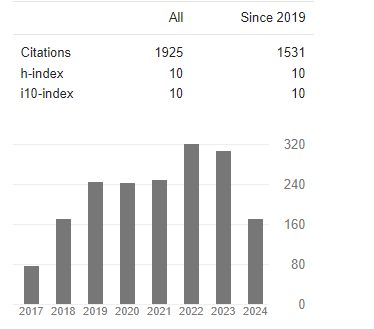Distinguish Between The Average Magnetic Field on A Circular Coil and The Original Definition of Magnetic Field, and Correct The Serious Loopholes In Classical Electromagnetic Theory
Abstract
Shuang-Ren Zhao
The author found that magnetic fields can be measured using the ampere force on a small current element, or using a small loop current coil. Using a small loop coil current measurement actually measures the average magnetic field on the loop. Under quasi-static or magnetic quasi-static conditions, the average magnetic field measured on the loop and the magnetic field measured using a linear current element are the same. Two definitions are equivalent. There are also two methods for measuring magnetic fields for changing currents or alternating electromagnetic fields using a small coil and a linear current element. The magnetic field obtained from the measurement of alternating magnetic field by a small coil on the loop under quasi-static or magnetic quasi-static conditions is the same as that obtained from the measurement of linear current element. We usually say that a magnetic field is the curl of a vector potential. More precisely, the average magnetic field defined on the loop is the curl of the vector potential. Regardless of whether the average magnetic field is under quasi-static conditions or under magnetic quasi-static conditions, it remains the same as the magnetic field measured by the linear current element. Therefore, we can say that a magnetic field is the curl of a vector potential. But this no longer holds true in the case of radiated electromagnetic fields. For radiated electromagnetic fields, it refers to the retarded electromagnetic field. The average electromagnetic field measured on the loop and the magnetic field measured by the linear current element are different. Therefore, for electromagnetic waves, it is incorrect for the curl of the magnetic vector potential to be the magnetic field. The curl of the magnetic vector potential corresponds to the average magnetic field on the loop. This article describes the author’s discovery. The author’s discovery stems from the mutual energy theorem proposed by the author in 1987. People argue that this theorem is not an energy theorem, but a reciprocity theorem. In 2017, the author successfully proved that this theorem is indeed the energy theorem and developed it into the law of conservation of energy. The author further proposed the theorem of mutual energy flow. The author believes that mutual energy flow transfer the electromagnetic energy and it is the photon. The author believes that self energy flow does not transfer energy and should radiate reactive power. That is to say, electromagnetic waves should be reactive power. This indicates that the electric and magnetic fields of electromagnetic waves should maintain a 90 degree phase difference, rather than being in phase. We know that according to Maxwell’s electromagnetic theory, the electric and magnetic fields of electromagnetic waves are in phase. This indicates that the energy conservation law and the mutual energy flow theorem proposed by the author conflict with Maxwell’s electromagnetic theory. Thus, a loophole in Maxwell’s electromagnetic theory was discovered. This vulnerability is a confusion between the average magnetic field measured on a circular coil and the magnetic field measured with a straight wire. The average magnetic field on a loop is completely different from the magnetic field on a straight wire. The original definition of a magnetic field was defined by a linear current element or straight wire. This has led to a problem with the definition of the magnetic field for radiating electromagnetic waves in Maxwell’s electromagnetic theory. This issue requires us to revise some of Maxwell’s radiation electromagnetic field theory.




